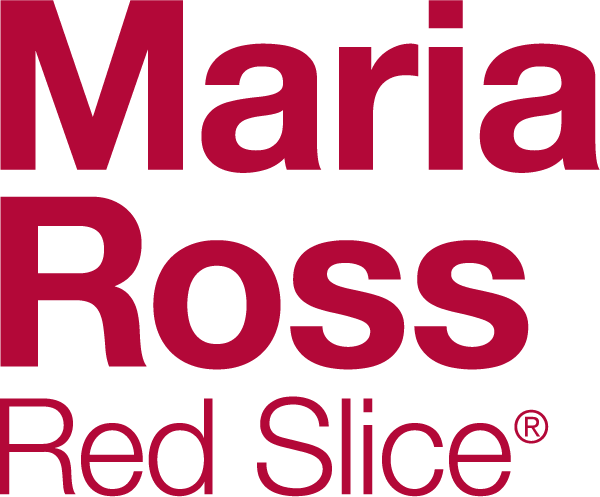Ah, the first blushes of entrepreneurial love. The romance! The energy! But what happens when the passion fades and the reality of demanding customers/clients, overwhelming marketing options and painful tasks (QuickBooks, anyone?) creeps in? Suddenly, your business becomes a grind and you find yourself working harder for less reward, less return…and less joy. Your once appreciative and dreamy-eyed business starts angrily demanding more of your time and energy – but in return, rewards you with the wrong customers, a weak profit margin and just doesn’t take you salsa dancing or wine tasting anymore.
I’ve been where you are. I know what it feels like to have your business success lead you down the wrong path. How choices innocently pile up – each one seemingly rational – paving a perfect road to discontent.
So a few years ago, I took a step back. I sought the objective counsel of colleagues, a wise coach and a wondrous wordsmith and tweaked my business model and messaging – core brand elements. I started doing more of what I loved and ditched what wasn’t working. And you know what? My heart (and success) soared.
If your business (and heart) feel stuck in neutral, here are 4 ways to reboot – and check out my big announcement at the end on how I can help…
- What do you hate doing? STOP IT! If your business offerings have kept piling on so you can simply cater to every single need under the sun, you need to take stock and simplify your business model. What activities bring you the most joy? Do you love teaching and strategic planning but hate detailed tactics? Then start doing more workshops or retainer projects and don’t offer hourly project work. Do you love doing massage and energy work but hate giving facials? Then cut down your services list. This also translates into how you talk about yourself (i.e., maybe you’re no longer a “full-service spa” but a “body care studio”)
- Play with pricing or packaging to attract the right customers/clients: You may find that the people you are attracting pay little but demand a lot, offering little profit margin in the end. How about adding more value/quality to your offerings and increasing your prices to deter more budget-conscious folks and attract a more affluent market? Or offer a tiered set of products or services to give more cost-conscious folks a self-service option, while freeing up your time for deeper, higher-value work that you adore.
- Revisit your messaging: Take a good, hard look at your web copy, company descriptor or even job title. Are you saying you do everything for anybody? Are you too vague and not focused on clear, crisp benefits? Does it sound boring, even to you? This could either a) be attracting the wrong type of work or b) confusing the prospective people that you really want. Remember, when you try to create a brand that is all things to all people, you end up being nothing to no one. Detail out your ideal customer or client and only focus on content, services or products – and the appropriate messaging – to attract those people. Don’t worry about pleasing (or offending) anyone else but that target. Trust me, they’ll be fine without you.
- Audit your visual brand: OK, this one may require an investment to make some changes. Based on the people you really, really want to attract and the kind of work you really, really want to be doing, is your visual branding way off base? Do you need to modernize your colors, select bolder fonts or change out your imagery to better appeal to those people? I once consulted with someone trying to attract high-powered Alpha-male executives – and yet her website was all pastel colors and flowery script fonts. She was beating her head against the wall and wondering why those powerful male executives were not hiring her. She needed to update her look and feel to match her new offerings and target clients. Side benefit? Updating your visual look and feel might also get your heart racing with pride again about your business and give you a new opportunity for some word of mouth buzz.
With these tips, you can shift out of neutral and into overdrive again. In a good way, of course. Don’t drive yourself crazy. OK, I’ll stop with the driving metaphors….
Photo credit: Vincent O’Keeffe, Flickr
Has business boredom ever happened to you? What actions do you recommend to reignite your business – or your own personal passion? We’d love to hear so please leave a Comment below. Your wise words could help someone else!



